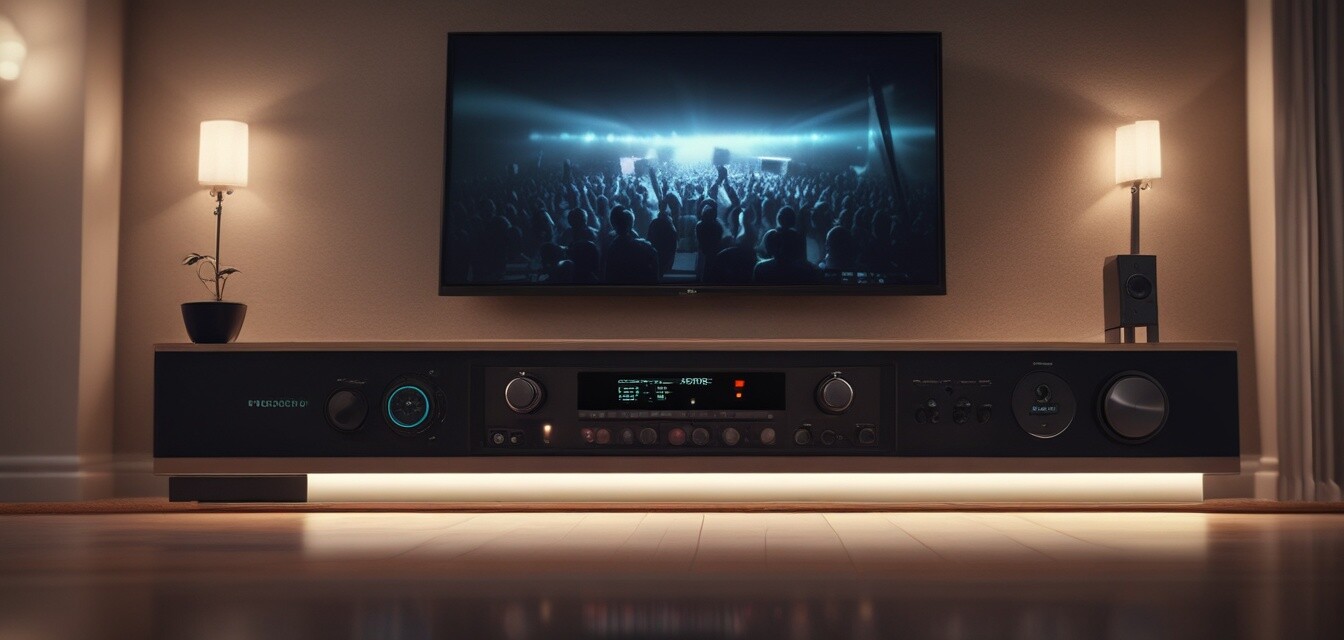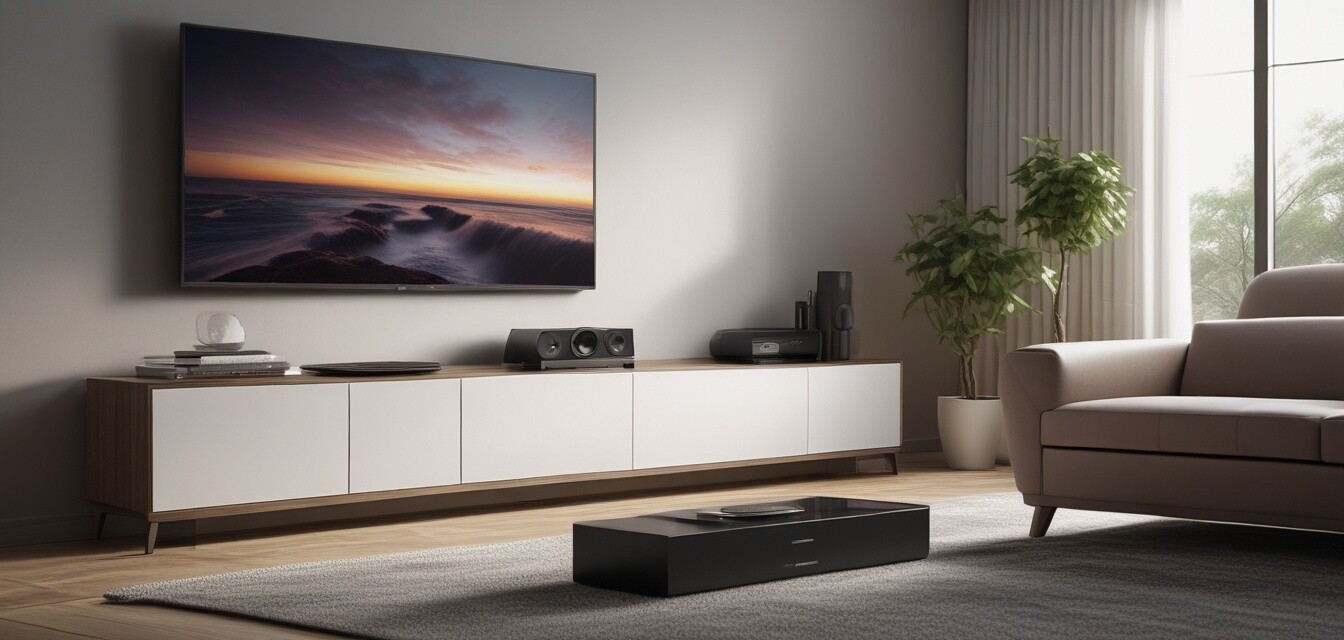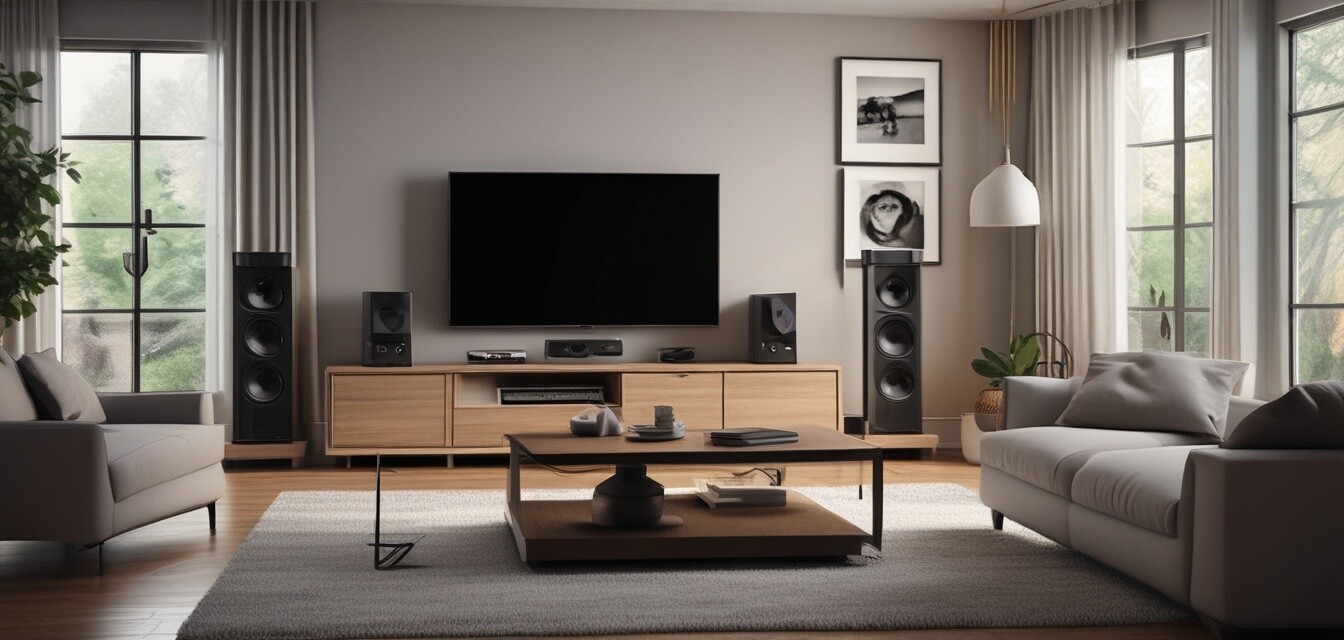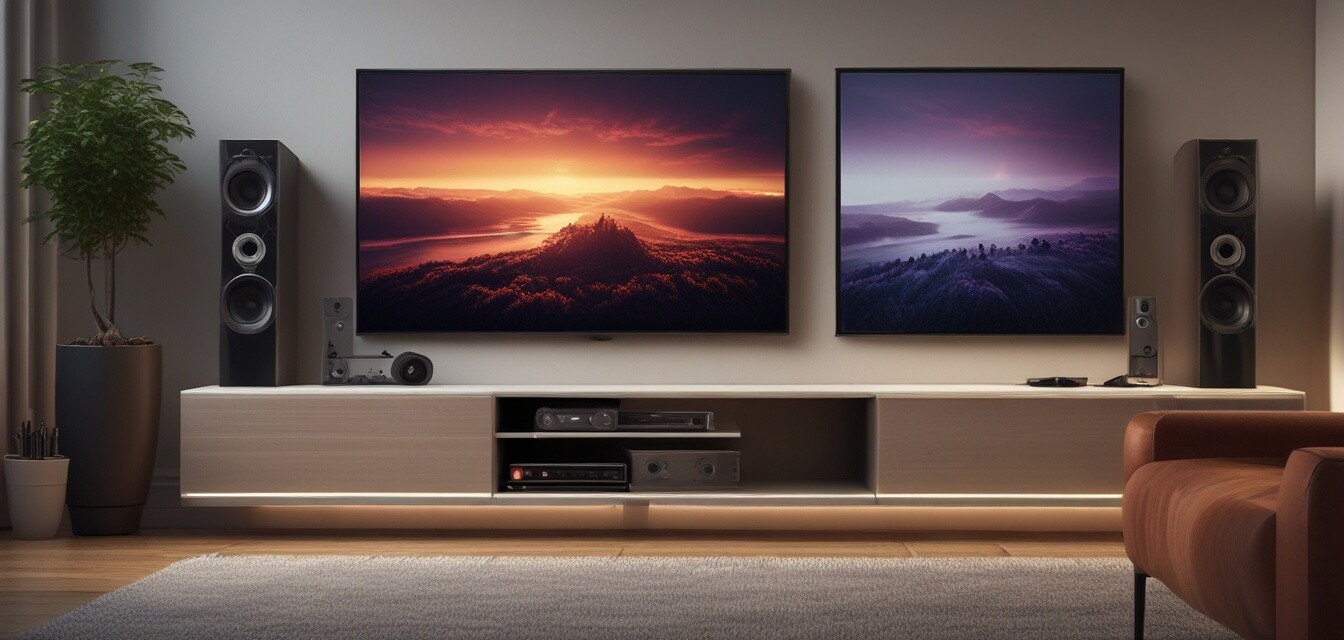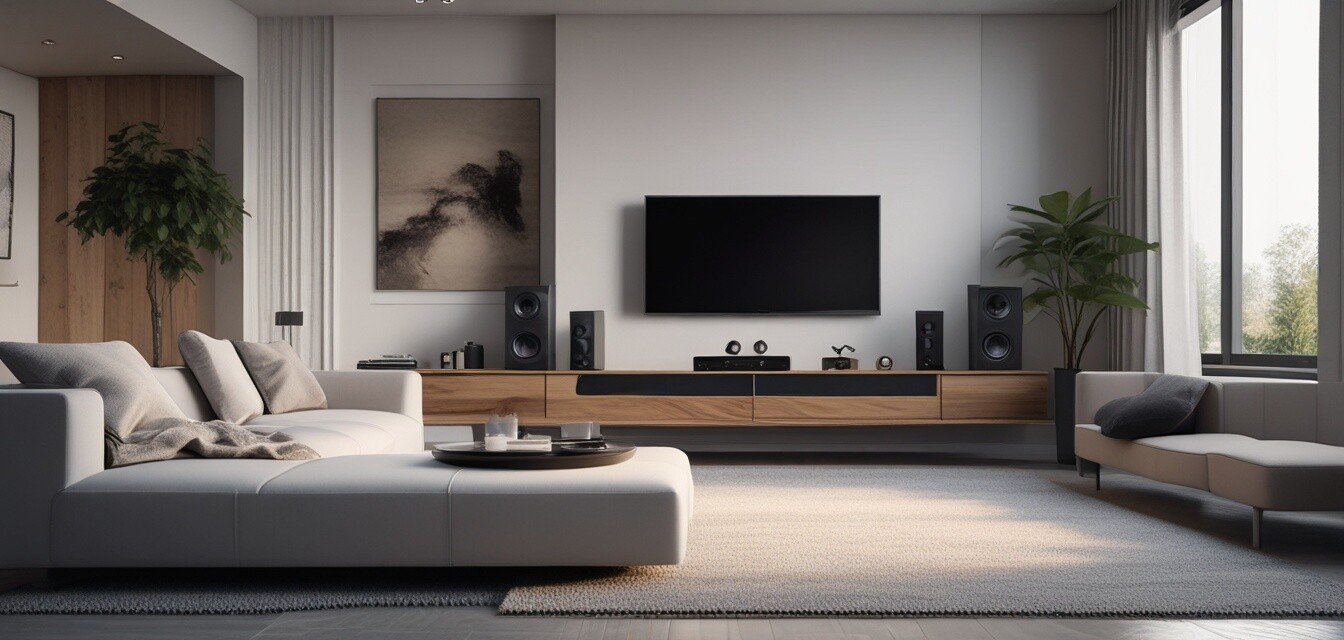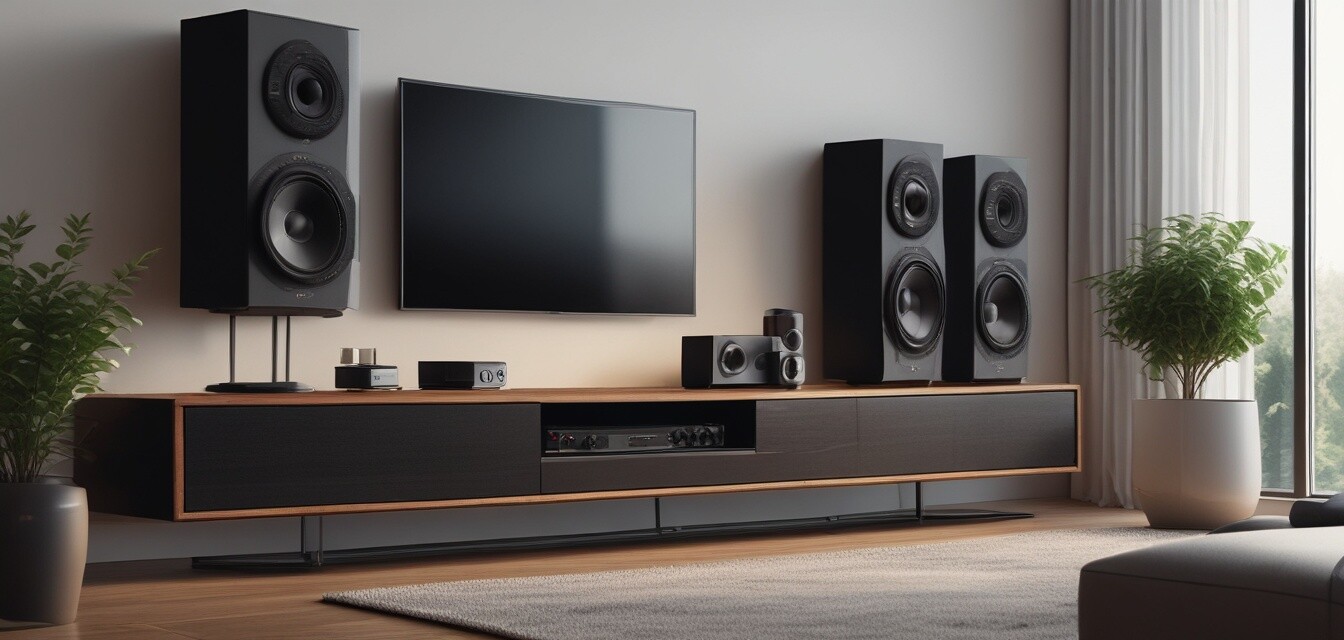
Smart Home Audio Integration
Welcome to the future of home entertainment! Smart home audio integration allows you to merge advanced audio technology with the convenience of smart home systems. This guide will explore the various aspects of integrating smart technology with your audio systems, including benefits, methods, and key components.
Key Takeaways
- The integration of smart home technology with audio systems enhances convenience and control.
- Wireless systems are preferred for easy installation and clutter-free environments.
- Popular protocols for smart integration include Wi-Fi, Bluetooth, and Zigbee.
- Smart assistants can control your audio devices, creating a hands-free experience.
- Future trends in audio technology aim to provide even more seamless integration.
Understanding Smart Home Audio Integration
Smart home audio integration involves connecting your audio systems with various smart devices to create an immersive audio experience. This can range from controlling sound systems using voice commands to automating your audio output based on your preferences.
Benefits of Smart Home Audio Integration
- Convenience: Control your audio devices with your voice or through smartphone applications.
- Multi-room capabilities: Play music in different areas of your home simultaneously.
- Seamless user experience: Create playlists or set moods with simple commands.
- Customization: Tailor audio settings per room or preference.
Key Components for Integration
Successful smart home audio integration requires several key components. Below is a table showcasing essential elements:
| Component | Description |
|---|---|
| Smart Speakers | Speakers with built-in voice assistants (e.g., Amazon Alexa, Google Assistant). |
| AV Receivers | Receivers that support Wi-Fi and Bluetooth connectivity to manage audio outputs. |
| Streaming Devices | Devices that allow streaming music from various platforms to your audio system. |
| Wireless Speakers | Speakers that use Wi-Fi or Bluetooth for wireless connectivity. |
| Smart Hubs | Centralized systems that manage communication between different smart devices. |
How to Integrate Your Audio System
Here are the steps to consider for integrating smart technology into your audio systems:
- Evaluate your needs: Understand how you want to use your audio system and the features that matter most to you.
- Choose compatible devices: Ensure that your audio equipment works with your smart home ecosystem.
- Set up your smart hub: Connect your smart home hub to facilitate communication between devices.
- Install mobile apps: Use applications to control your audio systems conveniently.
- Test voice commands: Familiarize yourself with the voice controls for effortless operation.
Integration Protocols Explained
Several protocols make smart audio integration possible, and understanding these is crucial:
| Protocol | Strengths | Weaknesses |
|---|---|---|
| Wi-Fi | High-quality audio streaming; wide range. | May experience connectivity issues if multiple devices are connected. |
| Bluetooth | Easy setup and connectivity; great for portability. | Audio quality may decrease with distance. |
| Zigbee | Low energy consumption; excellent for smart home setups. | Limited audio bandwidth; less common in audio devices. |
Future Trends in Smart Home Audio
The landscape of home audio technology is ever-evolving, with emerging trends enhancing smart integrations:
- Enhanced Voice Recognition: Systems with intuitive voice commands understand natural language better.
- AI-Powered Personalization: AI algorithms suggesting playlists based on past listening habits.
- Advanced Sound Processing: Immersive audio experiences that adjust based on room acoustics.
- Integration with Smart Home Security: Audio devices that can pair with home security systems for alerts and announcements.
Tips for Beginners
Getting Started with Smart Home Audio Integration
- Begin with a central smart hub to connect various devices.
- Start with a single room before expanding to multiple rooms.
- Utilize wireless systems to keep your setup tidy and flexible.
- Regularly check for software updates to enhance performance and security.
Conclusion
Integrating smart home technology with your audio system opens up a world of convenience and innovation. By understanding the key components, protocols, and future trends, you can create an audio environment tailored to your needs.
Pros
- Easy to control via voice or apps.
- Eliminates the need for physical remotes.
- Ability to customize audio settings.
- Enhances overall home experience.
Cons
- Initial setup can be complicated.
- Some systems may not be compatible with all devices.
- Potential for connectivity issues.

